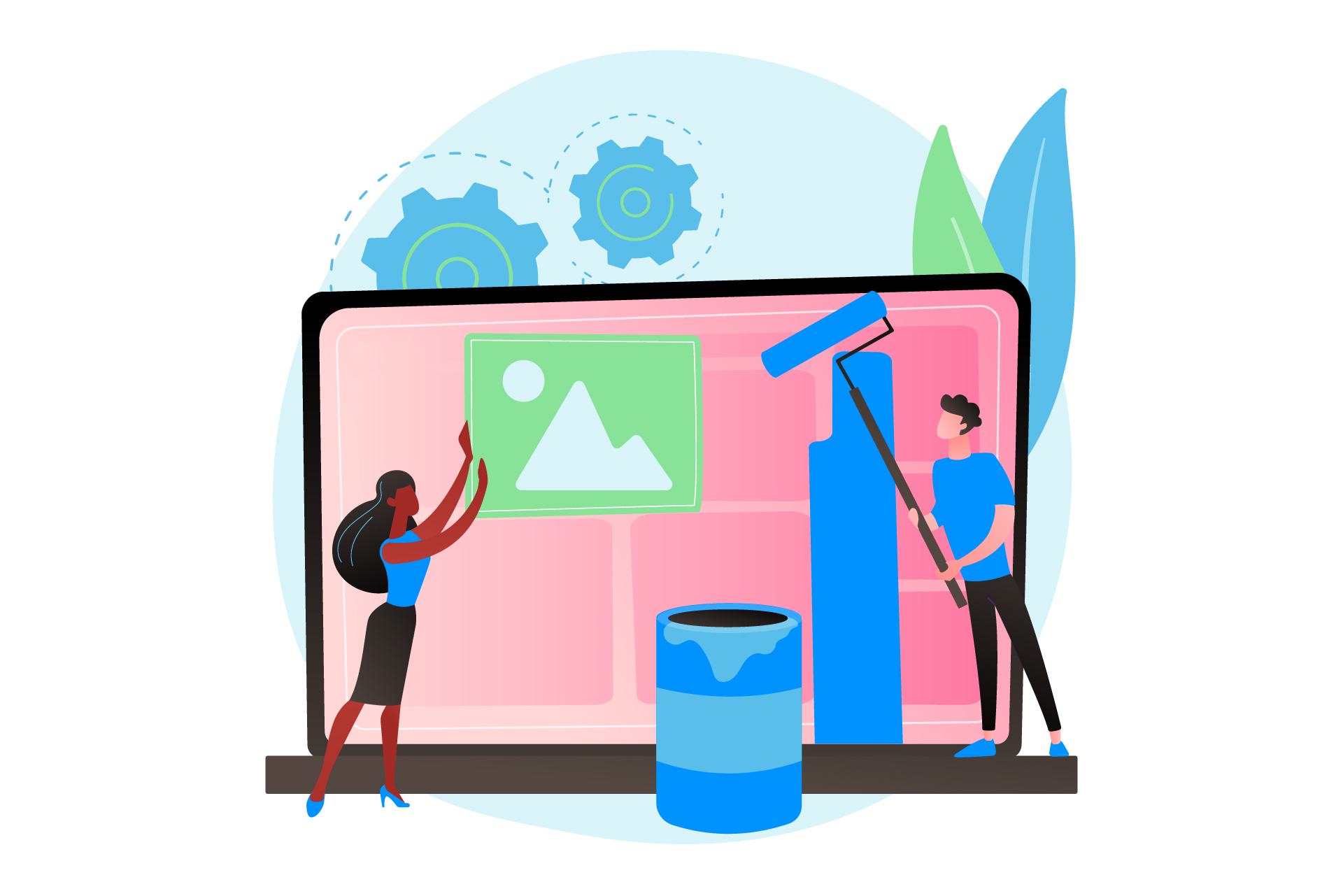Every successful ecommerce business respects every step of the customer journey. That’s why he makes sure to have a well-designed e-commerce website, in every part of it, from the landing page to the contact page, to increase conversions.
The conversion process is a layered process that influences customer behavior, and the main factor behind conversion rate is User Experience (UX).
There are many ways you can easily improve the conversion rate on your eCommerce site, based on your customers’ experience.
Below, we’ve listed some tips to help you improve your online business website design.
Keep your customers navigating simple
People, on average, take 0.05 seconds to form an opinion about a website, which determines whether they’re going to stick with it for browsing and buying. Therefore, in order to get rid of this second-second decision, you should focus on navigating your website.
If the main menu of your eCommerce site is full of categories, subcategories, brands, and other information, then it can be difficult for your customers to find the products or pages they are looking for. For this reason, you should keep it simple. Specifically:
- Make it easy for shoppers to find what they need by dividing products into clear categories and subcategories.
- Create an engaging product page with ads about, say, trending items.
- Consider creating separate eCommerce websites if you have a huge variety that appeals to both B2B and B2C customers to offer more relevant content to your customers.
Include strong product descriptions
An important part of designing your website involves its content. Your store’s product descriptions are incredibly important.
A well-designed product description:
- It is tailored to the ideal customer
- Describes the benefits of the product
- Uses strong language
- It tells a story
- Easy to read
Optimize your product photos and images
While product descriptions are extremely important, remember that “a picture is worth a thousand words”. Most customers want to be able to see clearly what they are buying, especially when it comes to physical goods. To increase the performance of your website, as well as the user experience, you should use high-quality images on content pages.
So, we suggest that you make your images smaller and find a balance in their size and quality. There are several software available that you can use to compress your images.
Simplify the checkout process
Buyers are always looking for clear, clear and fast checkouts. If you want your visitor to buy from your website, then there should be an easily navigable checkout process. For example, once a guest decides to buy something, the “add to cart” and “buy now” buttons should be easily accessible.
When making a purchase, too, it’s a good idea to include a short and simple order form, with clear steps. The number of fields to be filled in should be limited, while we recommend that the customer be asked to simply fill in the shipping address and payment method.
Customize your content on mobile
As the mobile device becomes an increasingly important tool for today’s markets, responsive web design is now a one-way street.
With this term, we describe a web page that automatically adjusts its size, format, and content to fit perfectly on any device or screen, including desktops, laptops, tablets, and mobile devices.
So, we recommend focusing on a mobile-friendly design that’s consistent across devices when developing, designing, and optimizing your checkout page. The benefits are multiple, such as:
- Faster page load times
- Better user experience
- Higher conversion rates
- Best SEO
The first step is to properly reorganize the building blocks of your website. For example, you can change the order, position, and sometimes even the contents of your section. When it comes to navigation, you should make sure to hide the extra tabs you have in a header. The latter can include a search bar so users can easily find what they’re looking for.
Once the user types in their preference, all relevant items available for sale should be easily identified and quickly displayed on the search bar results page. Your categories should also be clear and broken down into subcategories.
Ask customers for their opinion on website design
To discover your customers’ wishes, you can collect their feedback. Ask them about how they research products and the features that affect them in their online shopping. You can even send them a poll, the results of which you will use to optimize your online store.
Conclusion
Remember that the reason eCommerce website design matters so much is precisely because it affects the user experience, which in turn affects the conversion rate.
By making it easier for users to access the information they need and complete their orders in a simple and fast way, you will have more and more repeat purchases on your website.
That’s why it’s important to give the necessary weight to the design of your eCommerce website so that your customers are always satisfied and convert well. This will allow your business to build strong brand awareness.
